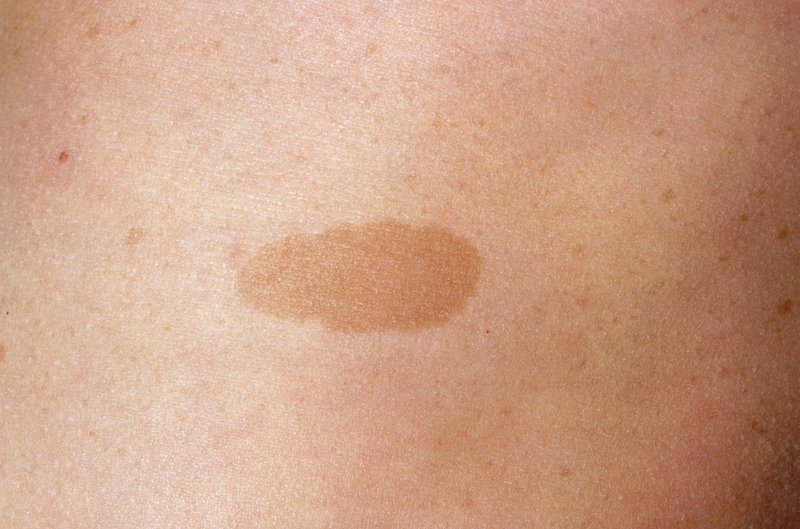Your first glimpse of your newborn baby will be an incredible experience.
It can also be a little surprising if you have not seen a newborn baby before. They are often wet, wrinkled and red.
Initial examination of your baby
Immediately after birth, your midwife or paediatrician will examine your baby. Each newborn baby is carefully examined at birth. This is to check for any complication or problem early on.
Normal variations in appearance
All babies look different, except some identical twins. There are many normal variations in a newborn baby's appearance.
Some of these variations include:
Dark red or purple appearance
Newborn babies often have a dark red or purple appearance. This begins to fade over a few days.
Vernix
Vernix is a white greasy substance that covers the skin of many newborn babies. This is a natural moisturiser and protects against infection in the first few days. During the first week it will absorb into your baby's skin.
Moulding
This describes the long shape of a newborn baby’s head. The bones of a newborn baby's skull are soft and flexible, with gaps between the plates of bone. The gaps mean your baby's head can change shape during birth.
When a baby is born in a head-first position, pressure on the head in the birth canal may mould the head into an oblong shape. This returns to a more normal shape after 1 week.
Erythema toxicum
Some newborns have a red rash on their chest and back. This is known as erythema toxicum and will disappear after a few days.
Mottling
The hue and colour patterns of a newborn's skin may suprise some parents. Mottling is a lacy pattern of small reddish and pale areas on the skin and is very common. It is due to normal, varied blood circulation at the skin's surface.
Dry and scaly skin
Babies who are born after their due date can have dry, scaly skin. This does not need treatment.
Lanugo
Some babies are born with soft, downy hair all over their bodies. It grows from fetal hair follicles during the second trimester. Most babies lose their lanugo in the womb at 32 to 35 weeks when it falls off into the amniotic fluid.
Milia or 'milk spots'
Milia are tiny, hard, white spots that look like pimples on a baby’s nose. They are sometimes called milk spots. They happen because of the oil glands. They do not need treatment and will disappear on their own.
Birthmarks
Birthmarks are beyond your control. They are not caused by anything done or not done during pregnancy.
There are 2 types of birth marks with different causes.
Vascular (blood vessel) birthmarks
These happen when blood vessels do not form in the right way.
Pigmented birthmarks
These are caused by an overgrowth of the cell that creates skin pigment (colour). Many disappear without treatment. The most common pigmented birthmarks are blue spots and café-au-lait spots.
Blue spots

Blue spots are very common in any part of the body of babies with black or brown skin.
These spots used to be known as 'Mongolian spots.' They are flat and grey-blue in colour (almost looking like a bruise). The spots can be small or large.
They occur when some pigment does not make it to the top layer when the baby's skin is being formed. Most of the spots fade by two years of age. Most completely disappear by age 5.
Café-au-lait spots

Cafe-au-lait spots:
- can occur on any area of the body.
- are light or dark brown patches that can be anywhere on the body
- are common, with many children often having 1 or 2
- look darker on dark skin
- can be different sizes and shapes
A doctor will examine your baby and may recommend follow-up checks.
Jaundice
Neonatal jaundice is a common and usually harmless condition in newborn babies. It causes yellowing of the skin and the whites of the eyes. The symptoms of newborn jaundice are usually seen 2 to 3 days after birth.
Most babies get better without treatment by 2 weeks of age. A doctor will examine your baby for signs of jaundice. This will happen during the newborn physical examination.
Non-urgent advice: Contact your GP, maternity hospital or public health nurse if:
- Your baby develops signs of jaundice after 72 hours.